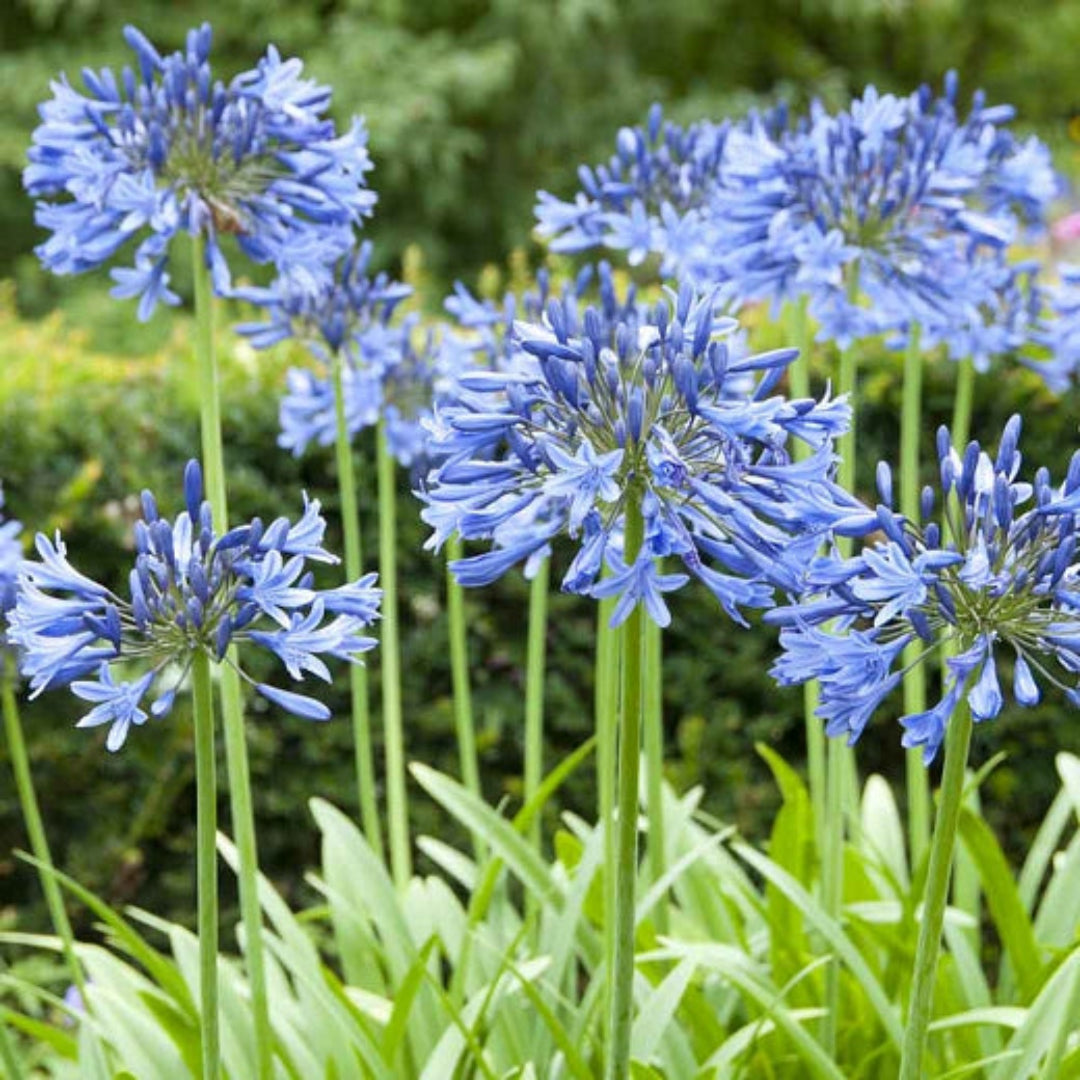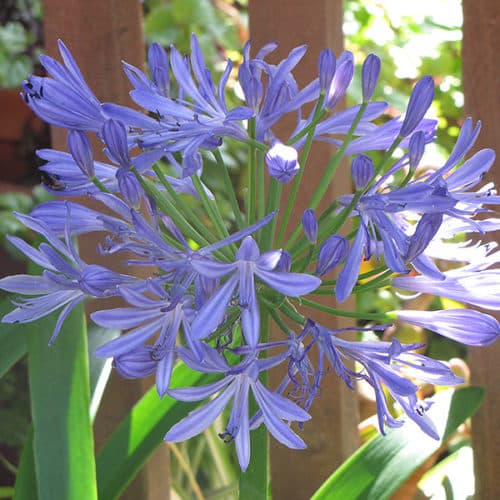Agapanthus Growing Problems: Dirt, Sunlight, and Watering
Understanding the Art of Agapanthus Care: Vital Actions for Healthy Development and Dynamic Blooms
In the realm of cultivation, the cultivation of agapanthus stands as a satisfying endeavor for those that look for to nurture these sophisticated blooming plants. With their striking flowers and elegant vegetation, agapanthus has caught the focus of garden enthusiasts worldwide. However, attaining optimal development and vibrant blossoms requires a nuanced approach that includes various vital actions. From choosing the best variety to grasping pruning strategies, the trip towards cultivating growing agapanthus plants is multifaceted and holds the vital to unlocking the full capacity of these herb treasures.

Selecting the Right Agapanthus Variety

When picking the best Agapanthus range for your garden, take into consideration elements such as climate suitability, flower shade, and development practice. Furthermore, take into consideration the environment in your area to ensure the Agapanthus range you pick can prosper in your specific problems. Recognizing the growth practice of different Agapanthus ranges is important for appropriate positioning within your yard.
Ideal Growing Problems
Thinking about the ideal environmental needs is essential for successful Agapanthus farming. Agapanthus plants are delicate to cold temperatures and should be safeguarded from frost throughout winter season months.
To ensure healthy development and lively blossoms, plant Agapanthus light bulbs at a deepness of about 2-4 inches and room them 8-12 inches apart. Adding natural issue, such as garden compost, to the dirt can improve drain and fertility, promoting robust root development. Mulching around the base of the plants helps preserve wetness and suppresses weed development. Regular watering is vital, specifically during the growing season, to maintain the soil continually moist but not saturated.
Watering and Fertilizing Tips
Keeping proper wetness degrees and offering important nutrients are key elements in the care regimen for Agapanthus plants. It is crucial to strike a balance when it comes to watering Agapanthus. If overwatered, these plants like regularly wet soil yet are vulnerable to root rot. Throughout the growing period, water deeply when a week, making certain the soil is well-draining to prevent waterlogging. In hotter environments or throughout durations of dry spell, more regular watering may be necessary to keep the soil equally wet. Nevertheless, decrease watering in the winter months to prevent waterlogged problems.
Fertilizing Agapanthus is crucial for promoting healthy and balanced growth and respected blossoms. Apply a well balanced plant food, such as a great site 10-10-10 formula, in the early spring as brand-new growth emerges. Repeat this application every 6-8 weeks throughout the expanding season. Prevent extreme fertilizing, as it can cause lush vegetation at the cost of blossoms. Always comply with the producer's directions for appropriate dilution and application approaches. By adhering to these watering and feeding tips, you can guarantee your Agapanthus plants grow and produce vivid, lasting blooms.
Pruning Techniques for Agapanthus
Pruning Agapanthus plants at the appropriate times and with correct techniques is essential for keeping their wellness and advertising optimal growth and blooming. The excellent time to prune Agapanthus is in late wintertime or early spring prior to brand-new growth emerges. Beginning by removing any yellowing or dead leaves near the base of the plant. Cut them as short as possible without damaging the emerging shoots.
Deadheading invested flowers can additionally redirect the plant's power into producing more blooms rather than setting seeds. If you want to gather seeds for propagation, leave some flowers to dry and mature on the plant.
Remember to make use of tidy, sharp tools to make specific cuts and reduce the threat of presenting conditions. Agapanthus. Regular trimming will aid keep your Agapanthus looking cool and healthy while making certain a plentiful screen of gorgeous blooms
Taking Care Of Common Insects and Diseases
After making sure proper trimming strategies for Agapanthus, it is crucial to deal with typical parasites and web diseases that can influence the health and vigor of these plants. Agapanthus plants are usually durable yet can still fall target to specific problems. One typical pest that impacts Agapanthus is the Agapanthus gall midge. This little, orange fly lays its eggs in the vegetation, leading to distorted growth and blossom buds that fail to open up. To combat this parasite, trim and damage any affected plant parts and consider making use of insecticidal soap.
An additional typical problem is fungal leaf spot, which offers as dark lesions on the fallen leaves. To prevent fungal diseases, make certain good air blood circulation around the plants, prevent overhead watering, and remove any infected leaves quickly. Additionally, Agapanthus plants can experience root rot if they are grown in badly draining pipes dirt. To avoid this, plant Agapanthus in well-draining soil and stay clear of overwatering. By being alert and taking prompt action browse around this site against illness and pests, you can help your Agapanthus plants grow and produce vibrant blooms.

Final Thought
In conclusion, grasping the art of agapanthus care involves selecting the appropriate range, giving optimal planting conditions, correct watering and feeding, appropriate pruning methods, and dealing with typical insects and diseases. By following these essential steps, you can make certain healthy and balanced development and vivid blossoms for your agapanthus plants. Bear in mind to routinely check and maintain your plants to advertise their general wellness and durability.
To make sure healthy development and vivid flowers, plant Agapanthus bulbs at a deepness of concerning 2-4 inches and area them 8-12 inches apart. By complying with these watering and fertilizing tips, you can guarantee your Agapanthus plants grow and produce dynamic, lasting flowers.
One typical insect that impacts Agapanthus is the Agapanthus gall midget. Furthermore, Agapanthus plants can suffer from root rot if they are planted in improperly draining pipes dirt. By following these necessary actions, you can guarantee healthy and balanced growth and dynamic blossoms for your agapanthus plants.